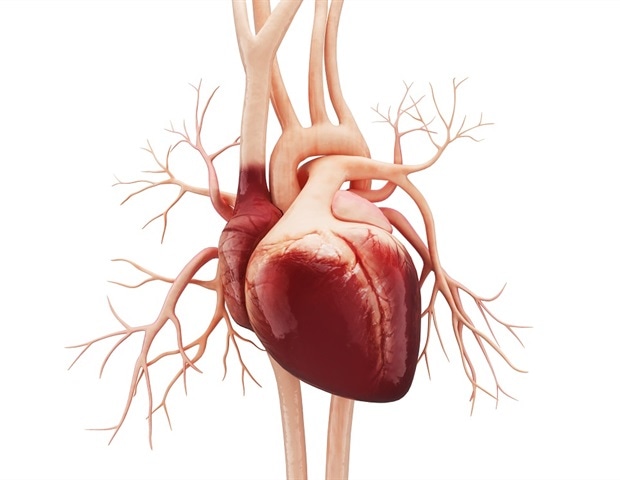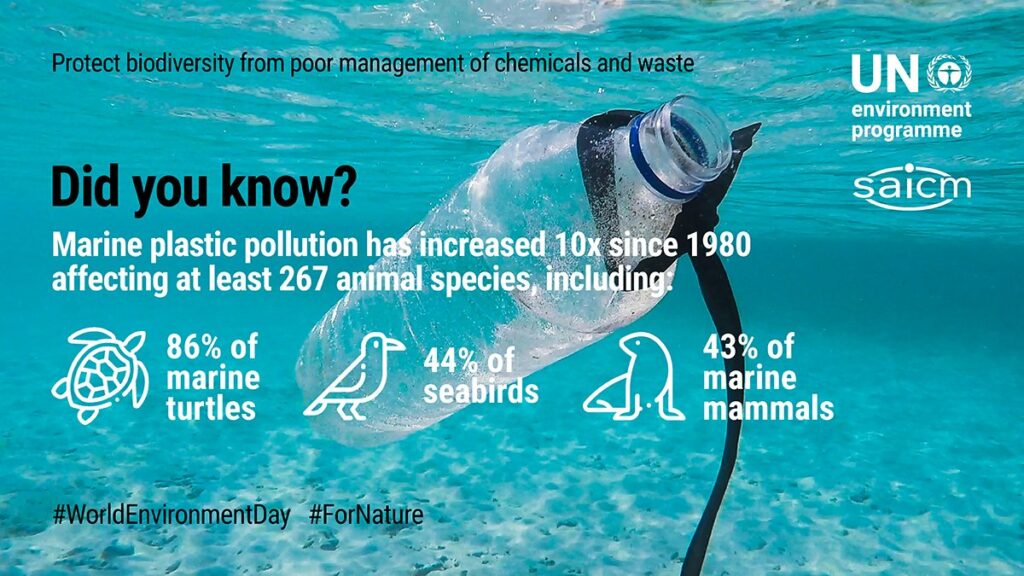
Study Reveals Cardiotoxic Impacts of 2,6-DHNPs on Zebrafish Embryos

Introduction
A group of disinfection byproducts (DBPs) known as 2,6-DHNPs have become a major concern for public health due to their toxicity and resistance to traditional water purification methods. These pollutants, found in various sources such as sewage, swimming pools, and drinking water, pose a significant risk to marine life and human health. In order to ensure water safety and protect the environment, it is crucial to develop effective strategies for removing 2,6-DHNPs from water sources.
Research Findings
A recent study published in the journal Eco-Environment & Health on March 4, 2024, has shed light on the severe cardiotoxic impacts of 2,6-DHNPs on zebrafish embryos, which serve as a model for potential human health risks. The study revealed that these DBPs are highly resistant to traditional water treatment methods such as boiling and filtration. In fact, their toxicity level was found to be 248 times higher than that of regulated DBPs like dichloroacetic acid in zebrafish embryos.
Using zebrafish embryos as a biological model, the study demonstrated how exposure to 2,6-DHNPs leads to severe heart damage. This damage is characterized by increased production of harmful reactive oxygen species, cell death (apoptosis), and disrupted heart development. The findings highlight the urgent need for reassessment of drinking water treatment methods and the development of advanced water purification technologies.
Implications and Recommendations
The research findings emphasize the importance of evaluating the health impacts of disinfection byproducts that may persist in water even after treatment. These persistent waterborne chemicals can have severe health outcomes for exposed organisms, raising concerns about potential public health risks. Therefore, it is crucial to prioritize the development of advanced water purification technologies that can effectively remove these concerning pollutants and safeguard public health.
Dr. Hongjie Sun, a leading researcher in the study, stated, “The cardiotoxic potential of 2,6-DHNPs at low concentrations significantly challenges our current understanding of water safety and highlights the need for urgent reassessment of drinking water treatment methods.”
Dr. Peng Gao, the corresponding author, added, “Our findings underscore the importance of evaluating the health impacts of disinfection byproducts that may form during water treatment and being resistant to household treatment. We need to prioritize the development of advanced water purification technologies to effectively remove these concerning pollutants and safeguard public health.”
Conclusion
The study on the cardiotoxic impacts of 2,6-DHNPs on zebrafish embryos highlights the pressing need for better water cleaning methods to remove these harmful pollutants. The Sustainable Development Goals (SDGs), particularly Goal 6: Clean Water and Sanitation, emphasize the importance of ensuring access to clean and safe water for all. By addressing the challenges posed by 2,6-DHNPs and other emerging contaminants, we can work towards achieving this goal and protecting both human health and the environment.
Sources
Journal Reference
- Sun, H., et al. (2024). Dihalogenated nitrophenols in drinking water: Prevalence, resistance to household treatment, and cardiotoxic impact on zebrafish embryo. Eco-Environment & Health. doi.org/10.1016/j.eehl.2024.02.004
SDGs, Targets, and Indicators
-
SDG 6: Clean Water and Sanitation
- Target 6.3: By 2030, improve water quality by reducing pollution, eliminating dumping and minimizing release of hazardous chemicals and materials, halving the proportion of untreated wastewater, and substantially increasing recycling and safe reuse globally.
- Indicator 6.3.2: Proportion of bodies of water with good ambient water quality.
- Indicator 6.3.3: Proportion of wastewater safely treated.
-
SDG 14: Life Below Water
- Target 14.1: By 2025, prevent and significantly reduce marine pollution of all kinds, in particular from land-based activities, including marine debris and nutrient pollution.
- Indicator 14.1.1: Index of coastal eutrophication and floating plastic debris density.
Analysis
The article discusses the presence and harmful effects of a group of disinfection byproducts (DBPs) called 2,6-DHNPs in water. Based on the content of the article, the following analysis can be made:
1. Which SDGs are addressed or connected to the issues highlighted in the article?
The issues highlighted in the article are connected to SDG 6: Clean Water and Sanitation and SDG 14: Life Below Water. SDG 6 focuses on improving water quality and sanitation, while SDG 14 aims to prevent and reduce marine pollution.
2. What specific targets under those SDGs can be identified based on the article’s content?
Based on the article’s content, the following specific targets can be identified:
- Target 6.3: Improve water quality by reducing pollution, eliminating dumping and minimizing the release of hazardous chemicals and materials.
- Target 14.1: Prevent and significantly reduce marine pollution, including nutrient pollution.
3. Are there any indicators mentioned or implied in the article that can be used to measure progress towards the identified targets?
The article mentions indicators that can be used to measure progress towards the identified targets:
- Indicator 6.3.2: Proportion of bodies of water with good ambient water quality.
- Indicator 6.3.3: Proportion of wastewater safely treated.
- Indicator 14.1.1: Index of coastal eutrophication and floating plastic debris density.
The article highlights the need for better water treatment methods to remove 2,6-DHNPs and safeguard public health. The effectiveness of boiling and filtration as household water treatment methods is also mentioned.
Table: SDGs, Targets, and Indicators
| SDGs | Targets | Indicators |
|---|---|---|
| SDG 6: Clean Water and Sanitation | Target 6.3: Improve water quality by reducing pollution, eliminating dumping and minimizing the release of hazardous chemicals and materials. | Indicator 6.3.2: Proportion of bodies of water with good ambient water quality. |
| SDG 6: Clean Water and Sanitation | Target 6.3: Improve water quality by reducing pollution, eliminating dumping and minimizing the release of hazardous chemicals and materials. | Indicator 6.3.3: Proportion of wastewater safely treated. |
| SDG 14: Life Below Water | Target 14.1: Prevent and significantly reduce marine pollution, including nutrient pollution. | Indicator 14.1.1: Index of coastal eutrophication and floating plastic debris density. |
Behold! This splendid article springs forth from the wellspring of knowledge, shaped by a wondrous proprietary AI technology that delved into a vast ocean of data, illuminating the path towards the Sustainable Development Goals. Remember that all rights are reserved by SDG Investors LLC, empowering us to champion progress together.
Source: news-medical.net

Join us, as fellow seekers of change, on a transformative journey at https://sdgtalks.ai/welcome, where you can become a member and actively contribute to shaping a brighter future.






